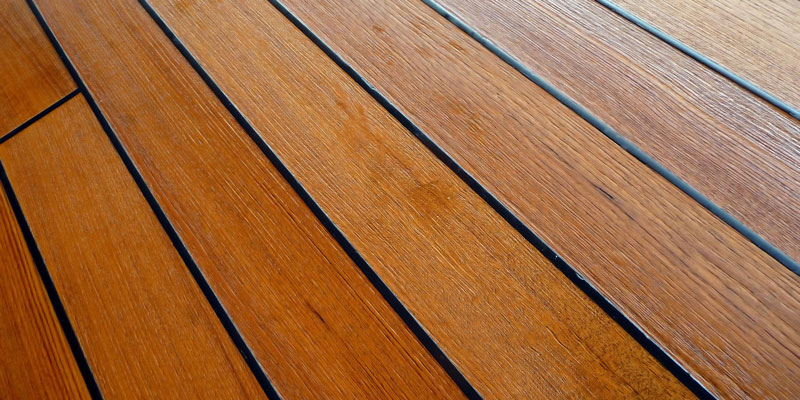4 Key Deck Staining Tips for Homeowners
Like any successful endeavor, staining your deck requires patience, persistence, and a steady hand. By taking extra time and focusing on precision, your wood deck will see immense benefits. Your deck will be able to withstand the elements and avoid unnecessary peeling and warping which will save you money in the long run. However, to stain properly, you must have a base knowledge of what and what not to do, ensuring a clean, even coat that will lengthen your wood's lifespan. Keep these steps in mind before letting that deck project become a deck disaster.

Prepare for Absorbency
In preparation for staining your deck, you want the area to have solid absorbency. Absorbency is crucial in enhancing the life of your deck, as a greater amount of stain will penetrate during staining and lock it in place. Pressure washing is an efficient way to prepare your deck if it's weathered. If you sand, consider using a 60-grit abrasive for the best results, but don’t forget to clean up the dust afterward with a deck cleaner to prevent uneven staining. Sanding is only necessary if the stain isn't properly penetrating the wood.
Brighten the Wood
After using a deck cleaner, your wood will have a high pH level. This means the stain won't penetrate the wood as easily and can darken the wood color. To reduce the pH level, use a deck brightener. This will increase the shine of your deck and balance the pH level so that your staining can cling to the wood better.
Don't Coat Too Much
It is very common for homeowners to apply too heavy a layer of coating. In fact, it's a common misconception that the more stain you put on, the better chance the coating has to get into the wooden grooves and provide greater lasting effects. However, the truth is that too much coat can leave an unnecessary film on top which can peel over time. A little bit of a coating can go a long way, and if applied carefully, it can be your deck's biggest defense against wear and tear.
Stain in Mild Temperatures
Not only is it preferred to allow your new wood panels to have exposure to weather elements before you stain, but it's also good to know during what temperature is the best to stain. Temperatures above 80 degrees or below 50 degrees can cause the stain to dry either too fast or too slow, respectively. Sitting between two extremes is peak time, allowing the stain to dry at a solid pace.
Does preparing and staining your wood deck sound like a strain? Contact the pros at Major Painting, and we'll make that deck staining project a snap.
About the author
Chase DeRousse is the Vice President of Painting at Major Painting and strives to deliver quality craftsmanship coupled with superior customer service, creating a unique and pleasant experience for all Major Painting customers, no matter the size of the project. Chase also holds an active Class A General Contracting License.
Chase has won multiple accolades recognizing his leadership and excellence in the painting industry including awards from the Painting Contractor Association (PCA), Business Owners and Managers Association (BOMA), and Institute of Real Estate Management (IREM).